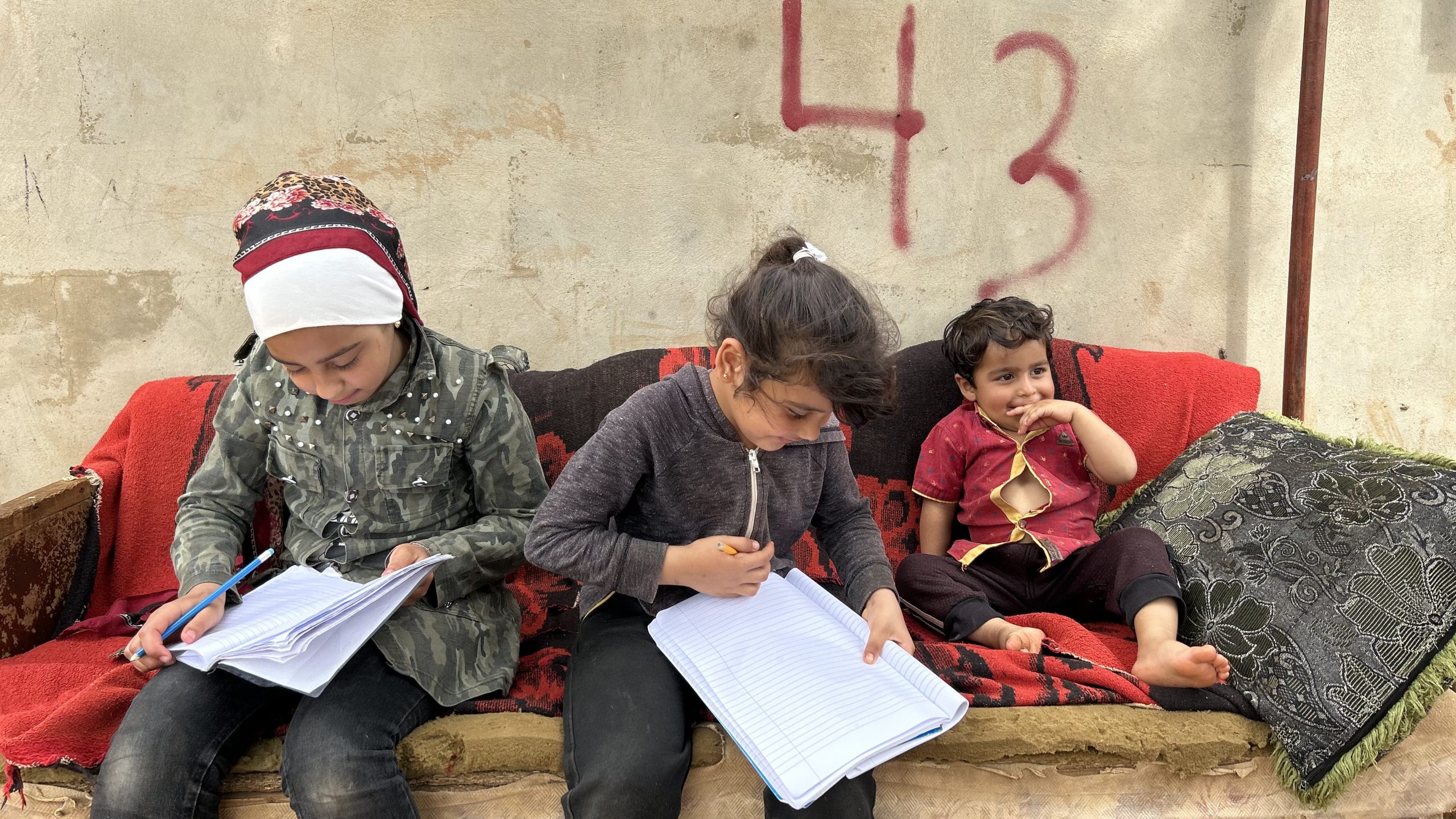World Refugee Day is celebrated every year on 20 June. Every year, still many people are forced to abandon their homes, their lives, to seek elsewhere a security that they have lost due to wars, persecutions, economic or climatic crises. Often, the Countries that welcome refugees are themselves marked by a complex economic and social situation, such as Lebanon, the country in the world with the highest percentage of refugees in relation to the population.
Since the beginning of the war in Syria in 2011, thousands of Syrians have poured into Lebanon living in Informal Tent Settlements (ITS), unrecognized refugee camps.
These tent settlements are concentrated above all in the agricultural regions where it is easier to find a job, even if it is occasional and poorly paid, such as the south of the country. It is here, in the Wazzani field in the Marjayoun Plain, that Rimass lives. Her home is a two-room tent where she lives with her parents and four siblings.
Rimass is 12 years old, as many as her years of war in her homeland: Syria, of which she remembers nothing since her family fled from Aleppo when she was only two years old.

Life in Lebanon for refugees has never been easy and in 2019 the situation worsened further due to an unprecedented financial crisis that affected the real economy generating a very deep social crisis. Today in Lebanon the cost of living is unsustainable, basic services as well as state institutions are collapsing, unemployment and inflation threaten the already fragile social cohesion.
Rimass's father knows this well as he can no longer find even those odd jobs with which he was able to support her five children and guarantee them the opportunity to study, take care of themselves, have a healthy diet.
This is why the social workers of the AVSI NGO have included Rimass in the Distance Support programme: today, thanks to the regular contribution of an Italian donor, Rimass goes to school, she and her siblings have received a school kit and the family receives vouchers for buying food.
In the Marjayoun Plain, AVSI organizes professional training courses, offers educational and psychosocial support activities for Syrian children and, in times of greatest difficulty, distributes basic necessities (water, food, clothes).
The Marjayoun Plain is one of the largest agricultural areas in southern Lebanon, abandoned due to the 2006 war between Lebanon and Israel. AVSI is one of the few international NGOs that operate permanently in the region, it is a point of reference for local authorities and international but above all for the population, made up of over 40,000 people.
Aid for Lebanese and Syrian children
Thanks to projects financed by institutional donors (such as Back to the Future , supported by the European Union) and thanks to private donors who choose to support a child remotely, AVSI promotes the right to education in Lebanon.
It supports Lebanese and Syrian boys and girls who have never been to school or who have been unable to continue their studies due to the war.

All educational programs are integrated with child protection activities, recreational, sporting and cultural activities, and school remedial courses also for children with special educational needs.
How many refugees are there in Lebanon?
Lebanon is not a party to the 1951 Geneva Convention on the Status of Refugees. It is estimated that there are 1.5 million Syrians in the country, to which are added about 500,000 Palestinian refugees and about 18,000 of other nationalities. On an area of just over 10,000 square kilometres around four million Lebanese coexist with almost two million refugees, fugitives and displaced persons: Lebanon is the country in the world with the highest percentage of refugees compared to the population.
